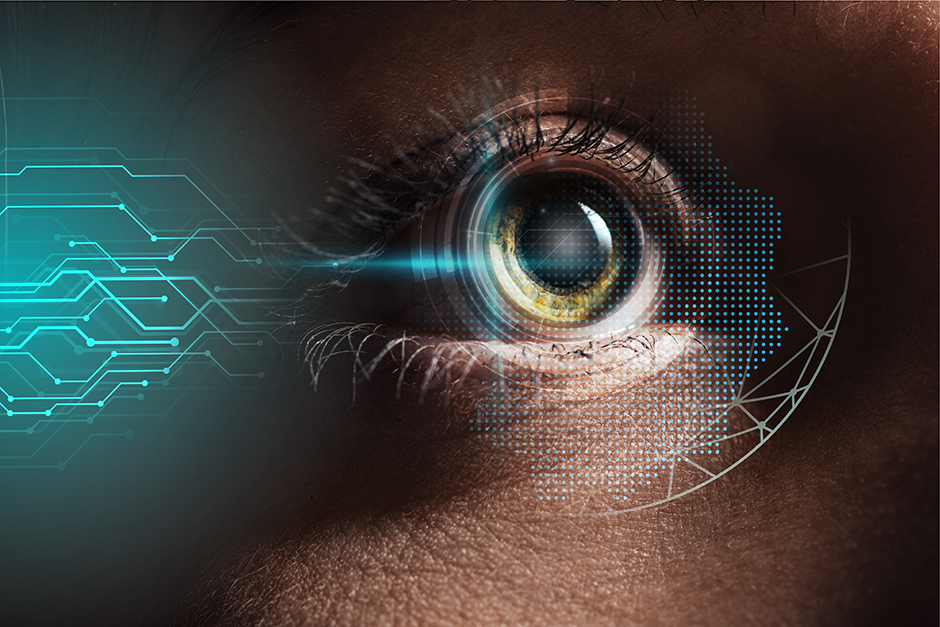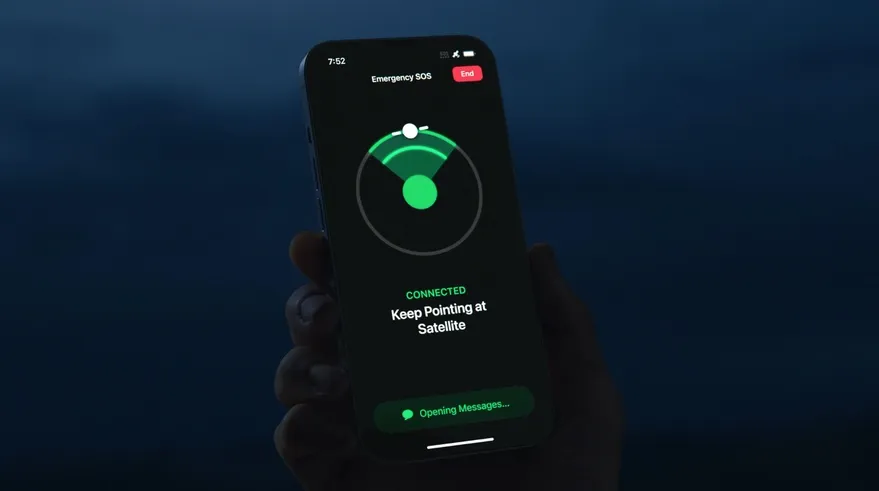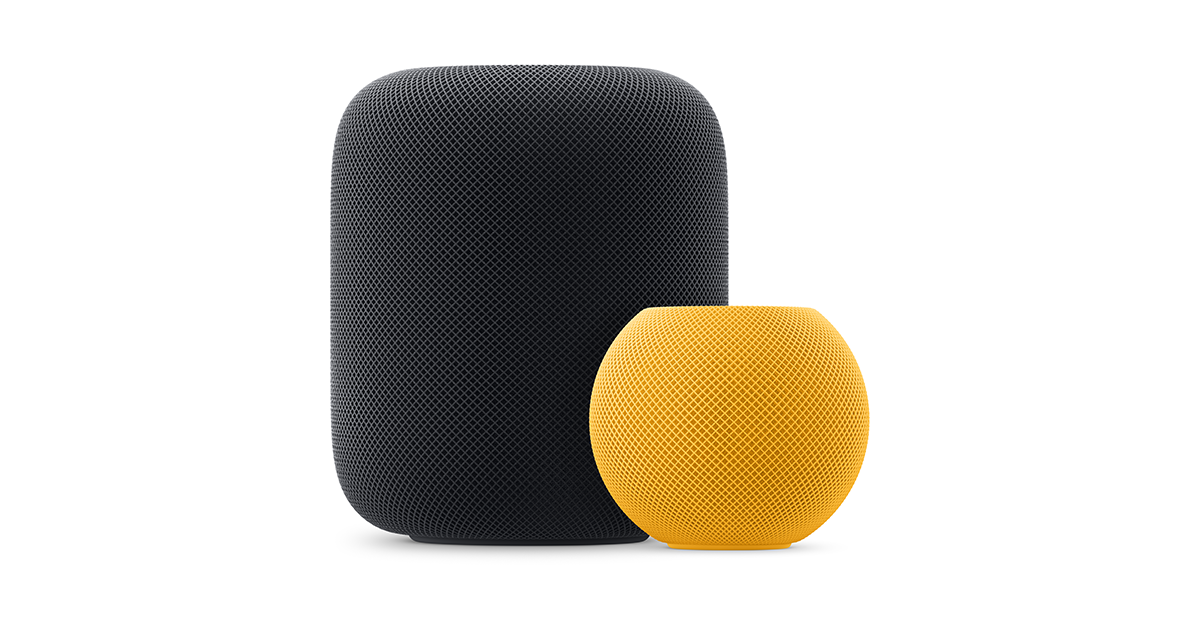justineanweiler.com – As mobile phone technology continues to evolve, biometric security features like fingerprint scanners and facial recognition have become standard. But what about Retina ID—the idea of using a person’s retina to unlock their phone? While this technology hasn’t become mainstream yet, there is a strong possibility that Retina ID could be a key security feature on mobile phones in the future.
What is Retina ID?
Retina ID refers to using a scan of the retina, a thin layer of tissue at the back of your eye, to verify identity. The retina contains a complex network of blood vessels that form a unique pattern for every individual, much like a fingerprint. Because this pattern is incredibly difficult to replicate or change, retina scans are considered one of the most secure biometric methods available.
Unlike iris recognition (which scans the colored part of the eye), retina scans focus on the back part of the eye. This makes retina recognition one of the most precise and accurate ways to authenticate someone’s identity.
Current Biometric Security on Mobile Phones
At present, mobile phones use various forms of biometric authentication, such as:
- Fingerprint Scanners: These scan the unique patterns of ridges and valleys on a person’s fingertip.
- Facial Recognition: Using the phone’s camera and advanced algorithms, facial recognition maps key points on a person’s face to verify identity.
- Iris Scanning: Some phones, like earlier Samsung Galaxy models, have used iris scanning technology, which reads the unique patterns in the colored part of your eye.
While these technologies are effective, they all have limitations. Fingerprints can be replicated or lifted, and facial recognition can sometimes be fooled by photos or 3D masks. This is where Retina ID could step in, offering a higher level of security.
Why Retina ID Could Be the Future of Mobile Security
There are several reasons why Retina ID might become the next big thing in mobile security:
- High Accuracy: Retina patterns are incredibly detailed and unique. Even identical twins, who share the same DNA and often have very similar fingerprints, have different retinal patterns. This makes Retina ID one of the most reliable biometric methods.
- Enhanced Security: Retina scans are nearly impossible to fake or replicate. The retina is inside the eye, so it cannot be easily copied or altered. This makes it a far more secure option than fingerprints or facial recognition.
- Contactless and Hygienic: In a post-pandemic world, people are more concerned about hygiene. Retina ID offers a contactless way to verify identity, as the phone would only need to scan the user’s eye from a short distance.
- Integration with Existing Sensors: Mobile phone cameras are becoming more advanced, and adding retina scanning capabilities could be a natural extension of their capabilities. With the right software and hardware improvements, future smartphones could easily integrate this feature.
Challenges to Retina ID on Mobile Phones
While Retina ID holds a lot of promise, there are a few challenges that need to be addressed before it becomes widespread on mobile devices:
- Cost: Implementing retina scanning technology in a phone would likely increase production costs, especially since it would require highly sensitive cameras and sensors. These costs could initially make the feature available only on high-end smartphones.
- User Experience: For retina scanning to work effectively, users would need to hold their phone at a precise distance from their eye. This might not be as seamless as simply looking at the screen for facial recognition or placing a finger on a scanner.
- Privacy Concerns: As with any biometric technology, there could be privacy concerns surrounding the use and storage of retinal data. Companies would need to ensure that this sensitive information is stored securely and not misused.
- Lighting and Environmental Conditions: Retina scans might require specific lighting conditions to work properly, and factors like poor lighting or glare could interfere with the scan. This could limit the usability of Retina ID in some situations.
Technological Advances Paving the Way for Retina ID
Despite the challenges, technological advancements are making Retina ID more feasible. Smartphone cameras are becoming more advanced, with higher resolutions and the ability to capture fine details. In addition, developments in artificial intelligence (AI) and machine learning can help refine and speed up retina scanning algorithms, making them more user-friendly.
The use of infrared (IR) sensors is also an important advancement. Some mobile devices already use IR sensors for facial recognition in low-light environments. With further development, these sensors could potentially be adapted for retina scanning, making it possible to implement Retina ID even in dark or challenging lighting conditions.
Retina ID vs. Other Biometric Technologies
While Retina ID offers increased accuracy and security, it’s worth considering how it compares to other biometric technologies:
- Fingerprint Scanning: While widely used, fingerprint scanners are vulnerable to being fooled by lifted fingerprints or smudges. Retina ID is more secure in comparison.
- Facial Recognition: Although convenient, facial recognition systems can sometimes struggle with accuracy, especially when lighting or angles aren’t ideal. Retina ID could offer a more precise alternative.
- Iris Scanning: Iris recognition is already available on some phones, and while it’s similar to Retina ID, it’s slightly less secure because it focuses on the outer part of the eye rather than the internal retina.
Conclusion: Will Retina ID Be on Mobile Phones?
While Retina ID isn’t yet available on most mobile phones, it’s certainly a possibility for the future. The demand for more secure, contactless biometric options is growing, and retina scanning could provide the next level of security in our mobile devices. However, challenges like cost, user experience, and privacy need to be addressed before it becomes mainstream.
As technology continues to advance, Retina ID could become a key feature in protecting our personal data, offering a level of security that’s hard to beat. It’s just a matter of time before we see if Retina ID will make its way into our pockets.





